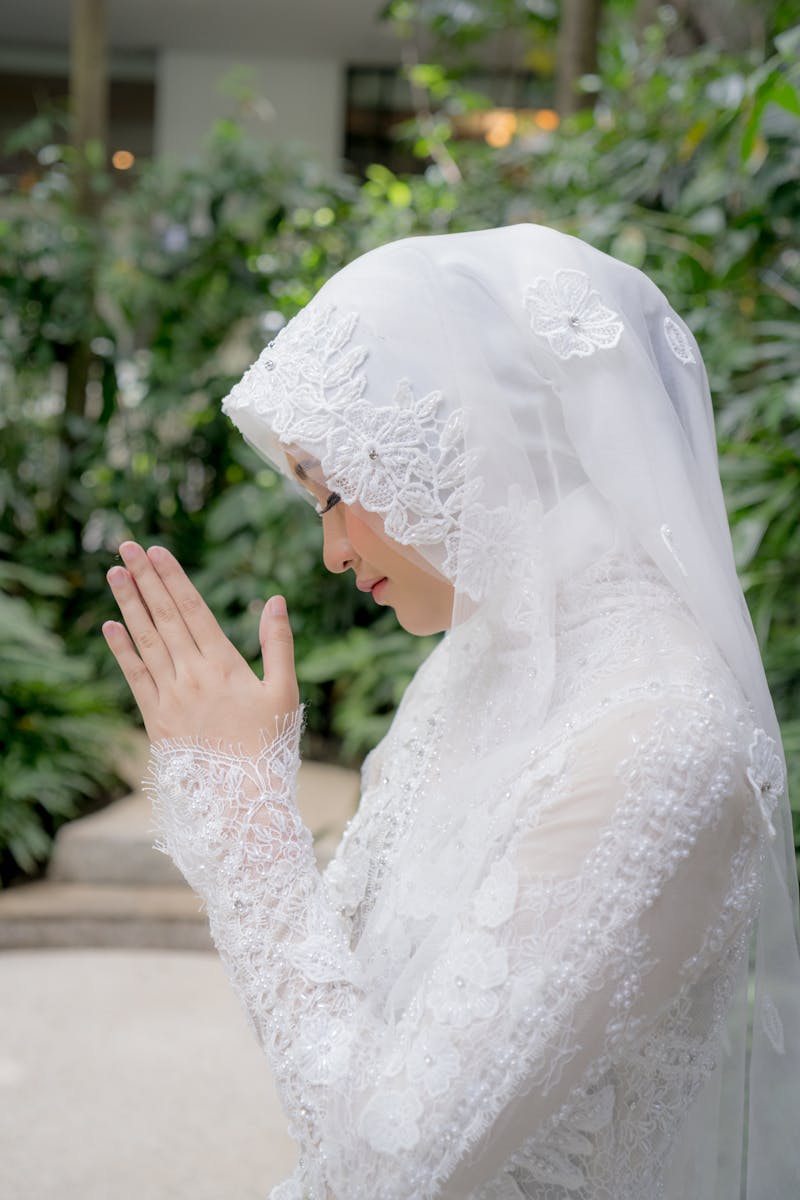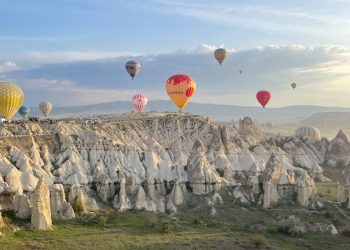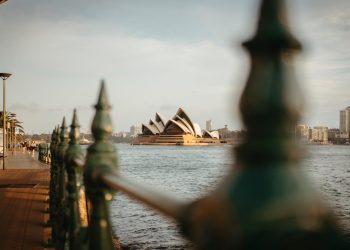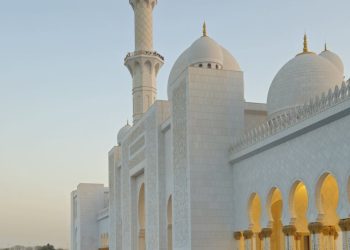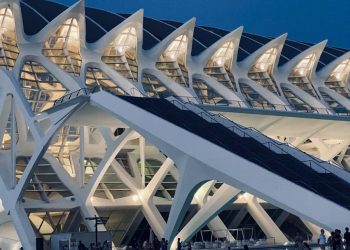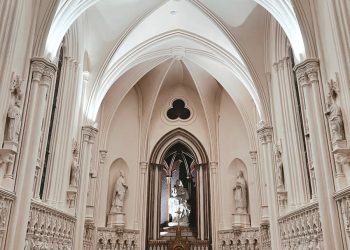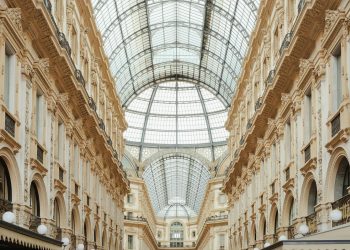Art is often viewed as a form of personal expression, a visual or auditory representation of the inner workings of the human spirit. Yet beyond the surface, art serves a far greater function. It is a mirror held up to society—a dynamic, interpretive tool that reflects, critiques, and even constructs the culture and times in which it is created. Whether through ancient cave paintings, Renaissance frescoes, political murals, or contemporary digital installations, art captures the essence of social values, tensions, and transformations. It documents history, questions authority, celebrates identity, and challenges norms. In every era, art doesn’t just exist within society—it dialogues with it.
To understand how art reflects society, one must first acknowledge that the two are deeply intertwined. Artists are not isolated from the world around them; they are shaped by their environment, politics, and lived experiences. Their works, therefore, become interpretive responses to those conditions—sometimes intentionally, sometimes unconsciously. A painting might capture the atmosphere of an era, a film might portray cultural anxieties, and a poem might challenge prevailing ideologies. Art becomes the lens through which society sees itself more clearly, both in its beauty and its flaws.
Take, for instance, the classical art of ancient civilizations. The grand sculptures of Greece and the monumental architecture of Egypt were not merely aesthetic endeavors; they were visual embodiments of power, belief, and order. These works were created not only to glorify gods and rulers but also to assert political dominance and social hierarchy. Temples and statues weren’t just religious or decorative—they were tools of propaganda and communal identity. They reflected what mattered most to their societies: divine order, civic pride, and stability.
During the European Renaissance, art took a sharp turn toward humanism. Artists like Leonardo da Vinci and Michelangelo used their talents not only to showcase technical brilliance but also to explore human nature, scientific inquiry, and philosophical depth. This period of creativity wasn’t just about beauty—it was about intellectual awakening and social reconfiguration. Renaissance art mirrored the era’s renewed interest in knowledge, individuality, and the natural world, pushing back against the constraints of medieval dogma.
Fast forward to the 20th century, and the link between art and society becomes even more explicit. The world wars, the rise of fascism, civil rights movements, and post-colonial struggles gave birth to powerful visual protests and expressions of resistance. The bold, fractured forms of Cubism, the chaos of Dada, the emotional depth of Expressionism—each was a reflection of a world grappling with uncertainty, violence, and identity crises. These were not just stylistic revolutions but social commentaries, offering new ways to perceive a world in flux.
Artists like Diego Rivera used murals to express the struggles of workers and indigenous peoples in Mexico. His massive frescoes, painted in public spaces, weren’t just art—they were social manifestos. Similarly, the Harlem Renaissance saw African American artists, writers, and musicians respond to racism, segregation, and cultural marginalization with a wave of creativity that demanded recognition and redefined Black identity in America. Through jazz, literature, and painting, this movement showcased how art could empower and affirm the marginalized.
In more recent decades, art has become a global conversation about identity, inclusion, and technology. Digital art, street art, performance pieces, and conceptual installations all serve as platforms for exploring societal questions in real-time. Banksy’s graffiti work, for example, isn’t just provocative for its style—it challenges capitalist norms, critiques authority, and forces viewers to confront uncomfortable truths about inequality, surveillance, and consumerism.
The explosion of digital media has further democratized art and its social reflection. On platforms like Instagram or TikTok, creators around the world can instantly share visual commentary on current events, from climate change to police brutality. Memes, videos, and digital collages become the art of the internet age—biting, humorous, and political all at once. While traditionalists may question whether these are “true art,” their cultural impact is undeniable. They reveal the pulse of contemporary society with a rawness that traditional galleries often filter out.
Art also reflects society through its absence and exclusion. What is left out of the mainstream art world—the voices not heard, the stories not told—speaks volumes about societal structures and power dynamics. For centuries, women, people of color, LGBTQ+ communities, and non-Western cultures were either misrepresented or ignored in major artistic canons. Today’s push for representation and diversity in art institutions is itself a reflection of broader societal shifts toward equity and recognition. Curators, educators, and artists are re-examining histories and reclaiming space for narratives long silenced.
Perhaps one of the most powerful aspects of art as a societal mirror is its ability to stir empathy. A novel can make a reader feel the heartbreak of a refugee. A photograph can bring the suffering of a war-torn region into stark focus. A film can humanize those whose lives are otherwise dismissed or misunderstood. Through storytelling and symbolism, art bridges gaps in understanding and connects individuals across cultures and ideologies.
But art doesn’t merely reflect society—it can change it. Protest art, political cartoons, satirical films, and activist performances have all played roles in shifting public opinion and inspiring movements. Consider the role of music and visual art in the 1960s civil rights protests or the posters and zines of the feminist and LGBTQ+ movements. These creative expressions didn’t just document the times—they helped create the momentum for change.
This transformative power raises the question: is all art political? In a sense, yes. Even art that claims neutrality reflects the privilege of not needing to engage with social issues. An apolitical landscape painting in a private collection may appear detached from current events, but its context—who painted it, who owns it, where it’s displayed—still tells a story about power, access, and values.
In educational settings, art becomes an essential tool for cultivating critical thinking. Students who engage with art from different periods and cultures learn to interpret not just the image, but the values behind it. This analytical skill is crucial in an age of misinformation and ideological polarization. Understanding that every work of art carries meaning beyond its frame prepares individuals to better understand the world around them.


